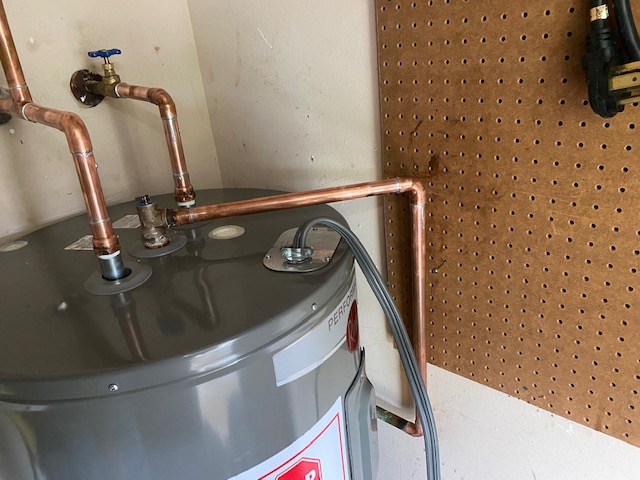How To Maintenance A Hot Water Heater
by siteadmin

How to maintain a hot-water heater
A hot water heater, which provides hot water for washing, cleaning, and cooking, is an essential appliance in most homes. Like any appliance, it needs regular maintenance to keep it running efficiently and lasting longer. Neglecting to maintain your hot water heater can result not only in lower efficiency but also in higher energy bills and safety hazards. This article will provide some key steps to keep your hot water heater running smoothly.
1. Drain the tank
-
Over time, sediment or debris can buildup in the tank. This can reduce its efficiency and make it more difficult to heat the water. To prevent this from happening, drain the tank at minimum once a year to remove any debris or sediment that has accumulated. Turn off the power supply to your water heater. Connect a hose at the drain valve and open the valve for draining the tank. After the tank is empty, close and disconnect the drain valve.
2. Check the Anode Rod
The anode tube is a critical component of your hot water heater. It protects the tank from corrosion and rust. However, the rod can corrode and wear over time, making the tank vulnerable to damages. Turn off the water heater's power supply, locate the anoderod (usually on top of the tank), turn it off, and then take out the rod. If the rod is thinner than 1/2 inch or is coated with calcium, it's time you replaced it.
3. Check the Pressure Relief Valve
The pressure relief valve protects your hot water heater by releasing excess pressure to stop it from exploding. To avoid any safety hazards, it's important to ensure that the valve is operating correctly. Turn off the power supply to your water heater. Lift the lever on the pressure relief valve and let water flow out. If the valve doesn’t release water or leaks, it’s time to replace.
4. Check the Temperature Setting
Your hot water heater's temperature is an important factor in its safety and efficiency. The recommended temperature for most homes is between 120 and 140 degrees F. Anything higher could pose a risk to your safety and increase your energy costs. To check the temperature setting, shut off the water heater's power supply and remove the cover plate. Next, use a thermometer or thermometer to test the temperature inside the tank. Adjust the temperature setting if necessary.
5. Examine the Electric Heating Element or Gas Burner
A gas water heater has a burner that heats water. An electric heating element heats water in an electric water heater. It is crucial to make sure that both heating elements work properly in order to ensure that your hot-water heater runs smoothly. To inspect the gas burner, shut off the gas supply and remove the burner assembly. Clean any debris or dust. Turn off the power supply and remove the access panel to inspect the heating element for wear or damage.
6. Insulate the Tank and Pipes
Insulating your hot water tank and pipes will help reduce heat loss, and increase the efficiency and effectiveness of your hot water heater. You can purchase pre-cut pipe insulation from your local hardware shop and wrap it around hot water pipes. You can wrap a water heater blanket around your tank to retain heat.
Regular maintenance is crucial to ensure your hot water heater runs efficiently, lasts longer, and doesn't become dangerously damaged. These are just a few of the simple steps you can take to ensure your hot-water heater continues to provide hot drinking water for your household. Do not perform any of these maintenance tasks if it isn't your thing.
https://www.woodlandsplumbing.net/
How to maintain a hot-water heater A hot water heater, which provides hot water for washing, cleaning, and cooking, is an essential appliance in most homes. Like any appliance, it needs regular maintenance to keep it running efficiently and lasting longer. Neglecting to maintain your hot water heater can result not only in lower efficiency…
Recent Posts
- Lawn Care Spring Branch Advocates for Property Care: Combatting Weed Growth and Preserving Curb Appeal
- The Importance of Timely HVAC Repairs in Lexington, Kentucky
- Navigating the Botox Experience: What to Expect
- Green Lawns Solutions Shares Lawn Mowing Dos and Don’ts: Common Mistakes to Avoid in Florida’s Unique Climate
- Navigating the Modern Workday: Chiropractic Solutions for Desk-bound Professionals in Frisco
